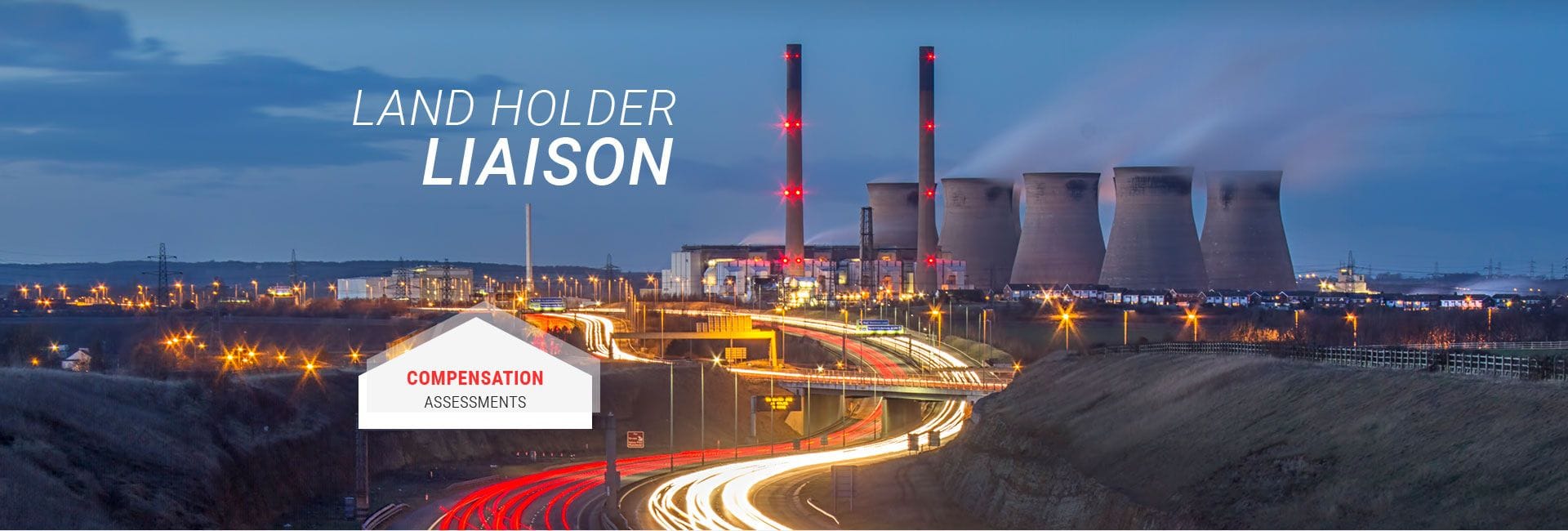Source: Warwick Daily News
AN $8.4bn federal government investment into the Australian Rail Track Corporation to deliver an Inland Rail link between Melbourne and Brisbane will be a boon to Queensland's south west.
The 1700km freight corridor will travel via Toowoomba, Parkes and Albury with links to other state capital cities via the existing Australian Rail Track Corporation network.
The so-called Steel Mississippi has long been a National Party priority.
It involves around 500km of new line and upgrades to 1200km of existing road corridors which the government claims would generate 16,000 direct and indirect jobs.
Delivery would result in a 10-hour saving on existing routes and reduce the Brisbane to Melbourne route to a travel time of less than 24 hours.
Treasurer Scott Morrison told Parliament the inland rail project would be one of the biggest investments ever seen in regional Australia.
"The Government will fund the Melbourne to Brisbane Inland Rail project with $8.4 billion in equity to be provided to the Australian Rail Track Corporation," Mr Morrison said.
"Construction on this 1700 kilometre project will begin in 2017-18 and will support 16,000 jobs at the peak of construction. It will benefit not just Melbourne and Brisbane, but all the regions along its route."
Work would start this financial year funded by a combination of $8.4 billion in government equity investment and a Public Private Partnership which would be used to deliver complex elements of the project.
These include construction of 8.9 km of tunnels, through the Toowoomba Range.
Benefits include the removal of 200,000 truck movements travelling the entire length of the corridor each year by a doubling of the freight capacity over existing trains.
It would carry the equivalent of 110 B-double road freight transport trucks.
In 2014 former NRMA director Graham Blight warned road freight movements were expected to increase 100% within 20 years.
At that point 95% of all eastern seaboard freight movement was by road.
The government expects the announcement would also encourage investment in intermodal terminal developments along the route and in Melbourne and Brisbane, directly benefiting those cities.



